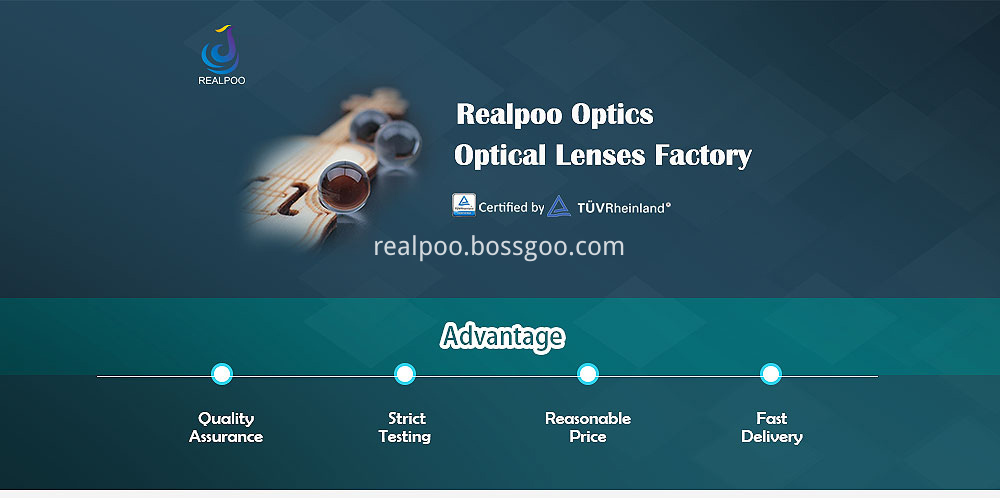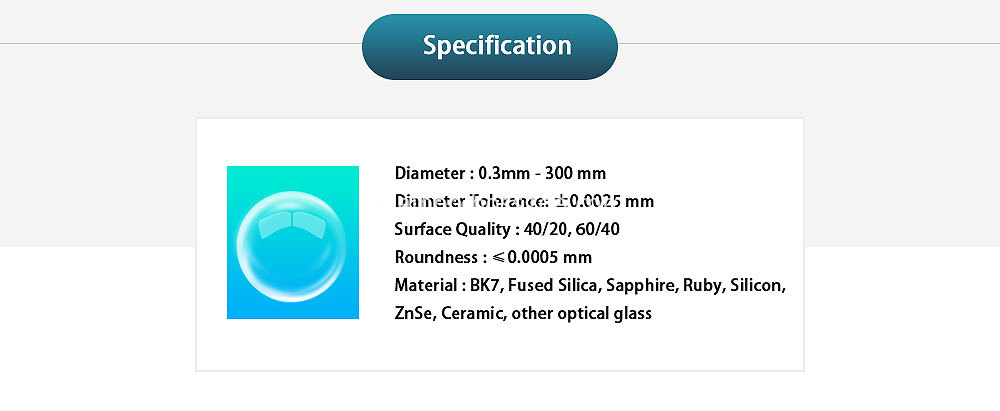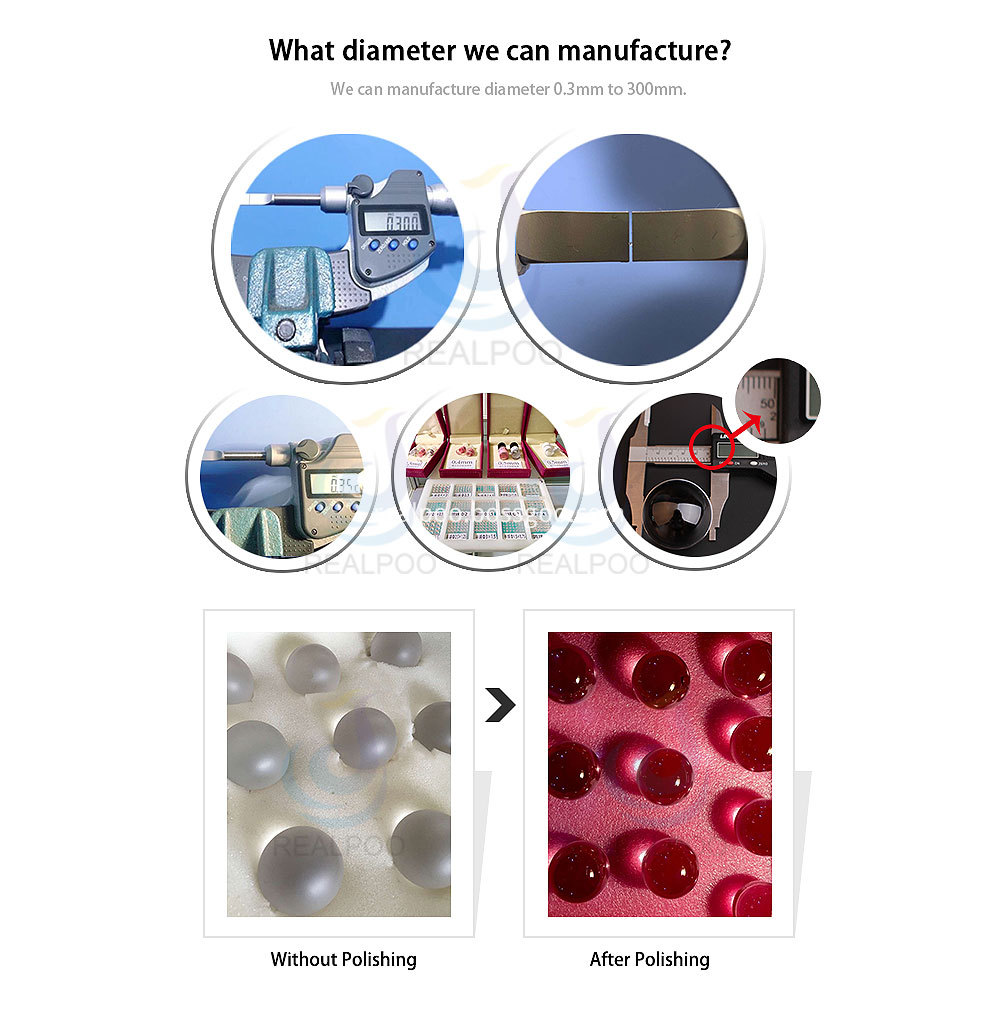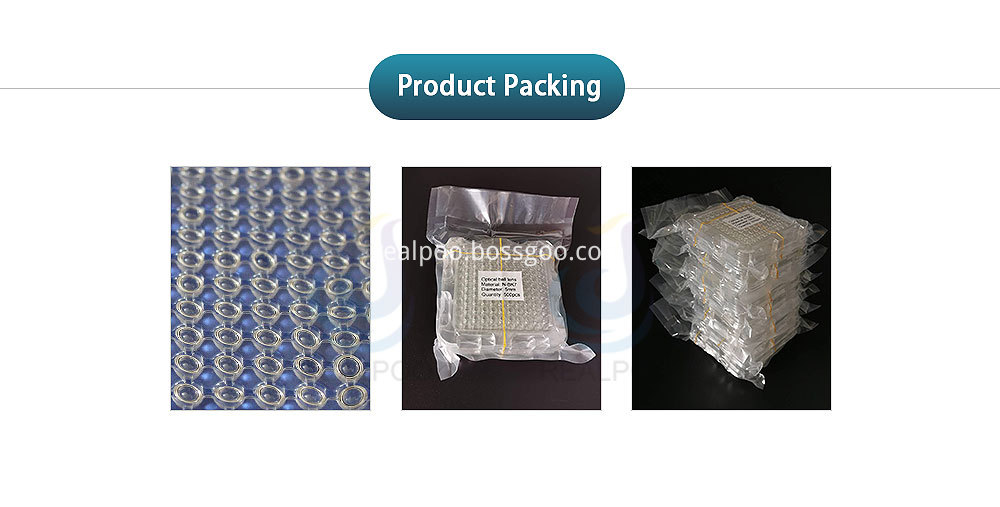Author: Richtek senior project manager Liaoguang Bin
LED street lights are a very important application in LED lighting. Under the premise of energy saving and power saving, the trend of LED street lights replacing traditional street lamps is becoming more and more obvious. There are many designs for LED street light power supplies on the market. Early design paid more attention to the pursuit of low cost; in the near future, the consensus gradually formed, and high efficiency and high reliability were the most important.
This paper is mainly for the application of several different LED street lamps, puts forward a suitable architecture, and analyzes its advantages and disadvantages, so that readers can find the most suitable solution according to the specific conditions and the types of street lamps designed.
Solution 1: Direct AC input, constant current control for 6 strings of LEDs
Among the several solutions described in this article, this solution should be the most efficient and lowest-cost solution (Figure 1). The primary side circuit is directly controlled by an optocoupler to adjust the output voltage. Compared to other traditional solutions, this scheme has less switching loss. The voltage of CS is fixed at 0.25V, and constant current control is performed for each of the six strings of LEDs. The IC will detect the position of the FB and fix the lowest voltage LED at 0.5V. At this time, due to the difference in the Vf values ​​of the strings of LEDs, the resulting voltage drop will fall on the MOS tube, causing some loss. If it is a general LED for the Vf sub-screen after filtering, the loss should be controlled within 2%, less than the general switching loss. The advantage of this scheme is high efficiency and low cost. The disadvantage is that AC input requires more research and development costs. This solution is suitable for street lights that can be directly input by AC.
Option 2: DC or battery input, constant current control for 6 strings of LEDs
It uses a multi-string boost structure design, LED driver is similar to the previous one, the difference is that the AC input is changed to DC or input by battery (Figure 2). Low-voltage side sensing design As long as the appropriate MOS tube is selected, the LED can be stringed in a considerable number. Compared with the AC input scheme, the design is relatively simple. However, due to the extra boost switch, the efficiency is relatively low. The advantage of the scheme is that the design is simple, the circuit cost is low, and the disadvantage is that the efficiency is low. It is suitable for solar cells or street lights that are input via an adapter.
Option 3: Single string buck structure
Some manufacturers still prefer to use a single string design, the advantage is easy to repair, and can be modular design. Street lights of different powers can use the same light bar. As long as the panel is replaced and a different number of light bars are inserted, various street lights of different powers can be combined. However, its disadvantage is that each string requires a separate power module, which is costly, and the buck structure will limit the number of LEDs to the withstand voltage of the IC. In the example shown in Figure 3, the maximum number of LEDs is 14. If you want to design a 20W strip, you need to use a 700mA LED. In order to maximize efficiency, the input voltage, which is the output voltage of the adapter, must be adjusted for the number of LEDs. Taking 10 LEDs as an example, if the highest efficiency is to be achieved, the input voltage must be adjusted to about 42V.
The advantage of this scheme is that the buck structure has high efficiency, single-string design and flexible configuration. The disadvantage is that the circuit cost is high, and the number of LED series is limited by the IC withstand voltage. It is suitable for street lights input through an adapter
Option 4:
The same single-string design, the boost structure (Figure 4) will be less efficient than the buck structure, but the number of LEDs connected in series is no longer limited by the withstand voltage of the IC, but is determined by MOS, so it can be connected in series. LED. Since most solar cells have low output voltages, solar street lights are more suitable for use in boosting structures. The constant current design of the current mode allows the output current to be less affected by the input voltage change, and the street lamp can maintain the same brightness when the battery is fully loaded and when there is no power.
The advantage of this scheme is that the number of LEDs in series is not limited by the IC withstand voltage. The disadvantage is that the circuit cost is higher and the efficiency is slightly lower than that of the step-down structure. It is suitable for solar street lights.
The table below compares and prioritizes the advantages of the four power supply designs for LED street lights.
(Edit: Looking up at the stars)
Ball lens is great optical components for improving signal coupling between fibers, emitters, and detectors. They are also used in endoscopy, bar code scanning, ball pre-forms for aspheric lenses, and sensor applications. Ball lenses are manufactured from a single substrate of glass and can focus or collimate light, depending upon the geometry of the input source.
Half ball lens is also common and can be interchanged with full ball lenses if the physical constraints of an application require a more compact design.






Optical Ball Lens,Ball Lenses,Ball Lens,Collimate Light, Half Ball Lens
Changchun Realpoo Photoelectric Co., Ltd. , https://www.optics-realpoo.com